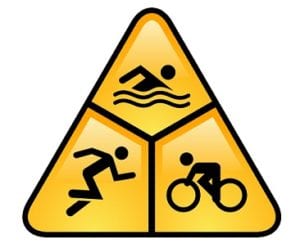A main focus of the
osteoporosis literature is treatment by various drugs which are targeted
toward prevention of post-menopausal fractures. However, a recent review
by physicians at New York University Medical Center in the journal Clinical Obstetrics & Gynecology stresses the view that "…no treatment is
as effective as prevention."
The authors cite that by the age of 18, most women have 92 percent
of their total bone mineral content, and by age 26, they have attained 99
percent. This implies the importance of establishing
behaviors, such as activity and nutrition that promote bone health early in
life. Take the following steps to
prevent bone loss and promote bone strength:
2.
Nutrition: Vitamin D and calcium intake is critical to for bone
health. An increase in the consumption
of dairy products, as well as mushrooms and certain types of fish (including
salmon, sardines and tuna) allow the body to maintain stronger bones.
3.
Lifestyle: Avoiding excessive alcohol intake (more than 3 drinks per day)
and smoking can have a negative effect on bone maintenance. Avoiding or reducing these behaviors will
reduce the risk of bone density loss.
 The bottom line is that many lifestyle choices before menopause
can markedly reduce the risk of osteoporosis in later life.
The bottom line is that many lifestyle choices before menopause
can markedly reduce the risk of osteoporosis in later life.
Find the abstract here.

